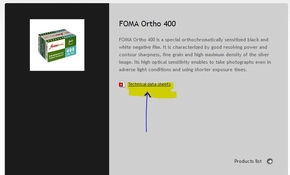Pixophrenic
Member
R 100 on the left, Superpan 200 / Aviphot 200 on the right side, both straight out of hypo fixer, 10min fix time.
So tell me more how this film can be developed as negatives, I'm all ears.
From a purely theoretical viewpoint, this discussion was on the wrong track from the beginning, suggesting to use bleach before development. An entirely different way exists in using "chromogenic developer" (Jacobsons' "Developing" 18th edition, page 223 onward) and then dissolving/blixing the silver image along with the antihalation layer, leaving the dye negative intact. Just my 2 cents, never tried this myself.








 ) Ilford Delta 3200.
) Ilford Delta 3200.



